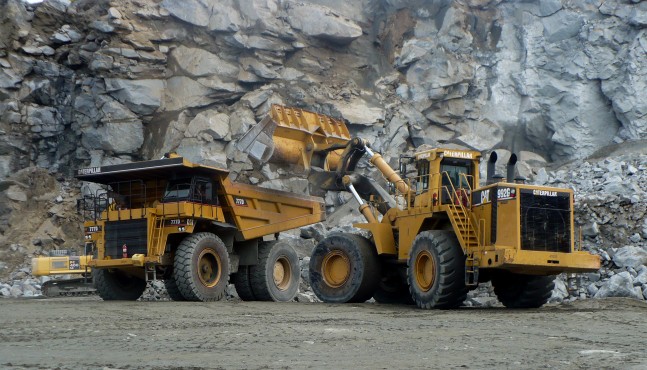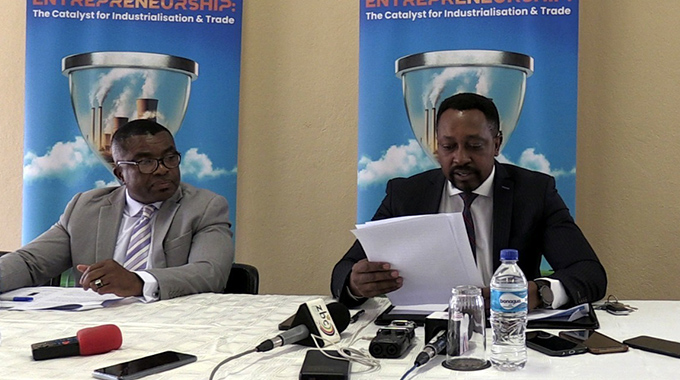Zim resumes chrome exports

Harare Bureau
ZIMBABWE has resumed chrome exports for the first time since 2011 when the government imposed a ban of raw chrome exports to encourage beneficiation of the mineral.
The government lifted the four-year ban on chrome ore exports in June this year to boost foreign earnings from the sector and enhance viability of small scale miners.
While the government had imposed the ban on chrome ore exports to encourage firms to beneficiate the mineral, the suspension had a negative impact on producers, particularly small scale miners, some of whom were forced to shut down due to viability problems.
Small scale miners could not sell their produce due to low smelting capacity in the country, leaving them with stocks of chrome ore and no alternative source of revenue.
Apart from lifting the export ban, the government scrapped the 20 percent export tax on raw chrome to restore viability, but the royalty rate was increased from two percent to five percent.
“Volumes have started moving, though slowly, but the good thing is we’ve started exporting,” Deputy Mines and Mining Development Minister Fred Moyo told our Harare Bureau.
He said exports were resumed last week.
The ban on raw chrome exports will allow local producers to export up to 30 million tonnes and this would give companies enough time to invest in beneficiations facilities.
Already, the government has signed off take agreements with international buyers, including a leading global commodities firm.
“The agreements are on the basis of what the buyers want at any given time in terms of quality and quantity,” said Moyo.
Before the export ban, Zimbabwe had been producing an average 750,000 tonnes per year.
The 2011 ban was not the first as the government in 2007 suspended raw chrome.
The government has also faced challenges putting in place a system to avoid prejudice on revenue since lifting the ban in 2009, the chrome sub-sector continued to experience challenges.
These included lack of effective accounting framework for chrome ore volumes and values that were being exported through the port of Maputo, lack of a well-coordinated administration and monitoring framework for production, marketing and export of chrome ore and environmental degradation resulting from uncontrolled mining of chrome ore.
As such, the government has now created a special purpose vehicle to facilitate buying and selling of chrome ore from small scale miners following the lifting of export ban on the mineral.
The SPV, to be composed of the Ministry of Mines and Mining Development, the Reserve Bank of Zimbabwe, Minerals Marketing Corporation Zimbabwe and Zimbabwe Revenue Authority, is meant to create efficiencies in buying and selling of chrome ore.
Zimbabwe, alongside South Africa holds about 90 percent of the world’s chrome reserves, according to the US Geological survey.
The major producers are ZimAlloys, currently under reconstruction and Zimasco, owned by China’s Sinosteel Corporation.











Comments